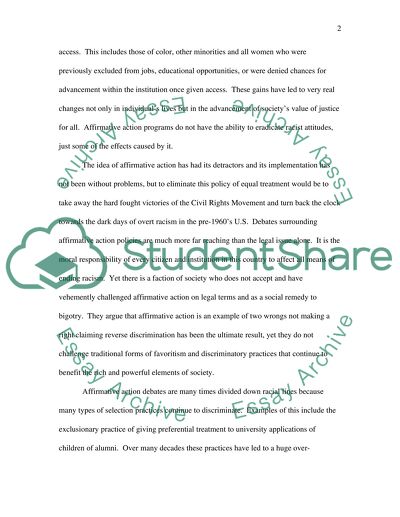Cite this document
(“Affirmative action should be continued Research Paper”, n.d.)
Retrieved from https://studentshare.org/miscellaneous/1573481-affirmative-action-should-be-continued
Retrieved from https://studentshare.org/miscellaneous/1573481-affirmative-action-should-be-continued
(Affirmative Action Should Be Continued Research Paper)
https://studentshare.org/miscellaneous/1573481-affirmative-action-should-be-continued.
https://studentshare.org/miscellaneous/1573481-affirmative-action-should-be-continued.
“Affirmative Action Should Be Continued Research Paper”, n.d. https://studentshare.org/miscellaneous/1573481-affirmative-action-should-be-continued.


